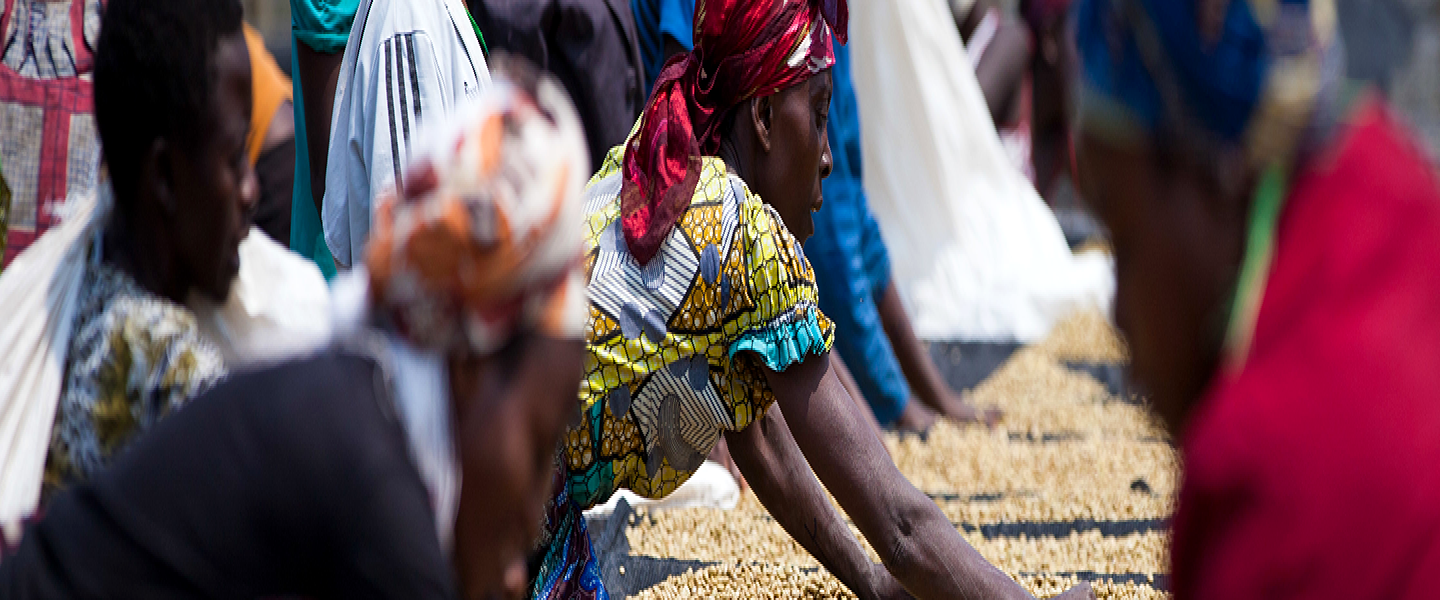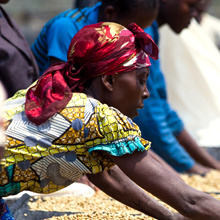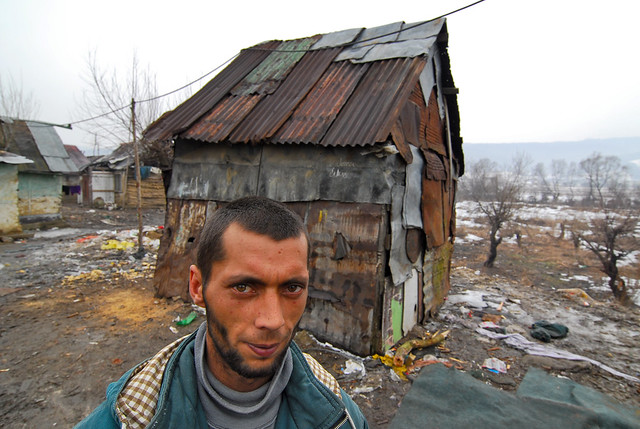Promoting shared prosperity is one of the goals of the World Bank Group, along with ending extreme poverty on a livable planet. It means increasing the incomes and welfare of the bottom 40 percent of society wherever they are, be it in the poorest of nations or thriving middle-income countries.
As developing countries grow their economies and lift millions out of poverty, they may also experience growing inequality. We now know that nations with a widening gap between those who can and cannot access opportunities in life have difficulty sustaining economic growth and social stability over time. To date, no country has managed to transition beyond middle-income status while maintaining high levels of inequality. Reducing inequality today matters for opportunity and mobility tomorrow.
Without significantly reducing inequality, the world will not meet the goal of ending extreme poverty on a livable planet. While living standards of the bottom 40 percent in countries all over the world have improved, the latest data show the picture is mixed at best. Out of 91 economies for which data was available for 2012-2017, 74 had positive shared prosperity, meaning that growth was inclusive and the incomes of the poorest 40 percent of the population increased. 53 had a positive shared prosperity premium, meaning that growth benefited the poorest more than the entire population. Average global shared prosperity (growth in the incomes of the bottom 40 percent) was 2.3 percent for 2012-2017. But the gains are uneven: Shared prosperity and shared prosperity premiums — the difference in growth rates between the bottom 40 and the overall average — are lower on average in fragile and low-income economies than in middle-income economies.
Following the onset of the COVID-19 pandemic, diverging economic recovery paths caused inequality between countries to increase for the first time in a generation. Emerging evidence indicates that inequality within countries may also have worsened – surveys in 2021 showed that poorer households lost incomes and jobs at slightly higher rates than richer households, a trend that contributes to the worsening of global poverty and inequality.
Climate change is deeply intertwined with inequality. The poorest and most vulnerable people contribute the least to greenhouse gas emissions and the climate crisis, but they bear the brunt of its impacts. As a results, millions of people are vulnerable to extreme weather events, natural disasters, limited access to nutritious food and clean water, and loss of livelihoods. These challenges are particularly acute for households headed by women, children, persons with disabilities, Indigenous Peoples, displaced persons, the elderly, and other marginalized groups.
Last Updated: Dec 14, 2023




